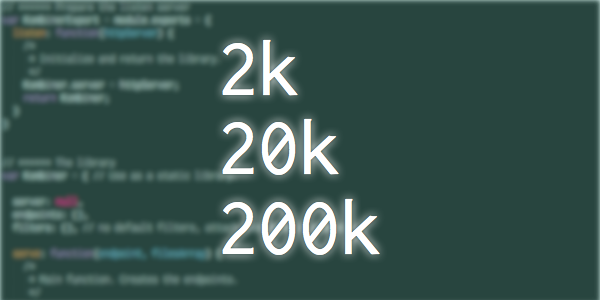
“A novice programmer, the kind Clift Norris is referring to, learns to crawl, then toddle, then walk, then jog, then run, then sprint, and he thinks, “At this rate of acceleration I can reach the speed of a supersonic jet!” But he runs into the 2,000 line limit because his skills don’t scale up. He must move differently, using a car, to go faster. Then he learns to drive, first slowly, then faster, but runs into the 20,000 line limit. Driving skills don’t transfer to flying a jet plane.”
– Lawrence Kesteloot (2014) Norris Numbers
A wonderful, pragmatic article on how the complexity impacts the way we need to think about stuff. That’s why there can be wonderful programmers… that however can’t build complex architectures.
I read the Norris Number not as a progress scale, but as a specialization scale (maybe with the exception of the first threshold, 2k). A great 20k programmer and a great 200k programmer can be perfect… for two different kinds of projects.
I feel it’s more important to know what kind of Norris Number works for you better, and see if you want to focus on that, or jump to the next level.
I also love this other quote:
“Every Line Is a Potential Bug”
— Lawrence Kesteloot (2014) Every Line Is a Potential Bug
Thanks to Beau for the link.